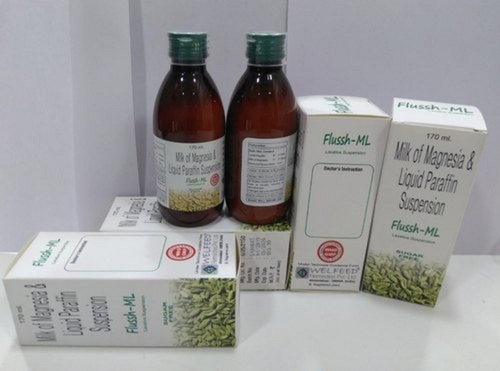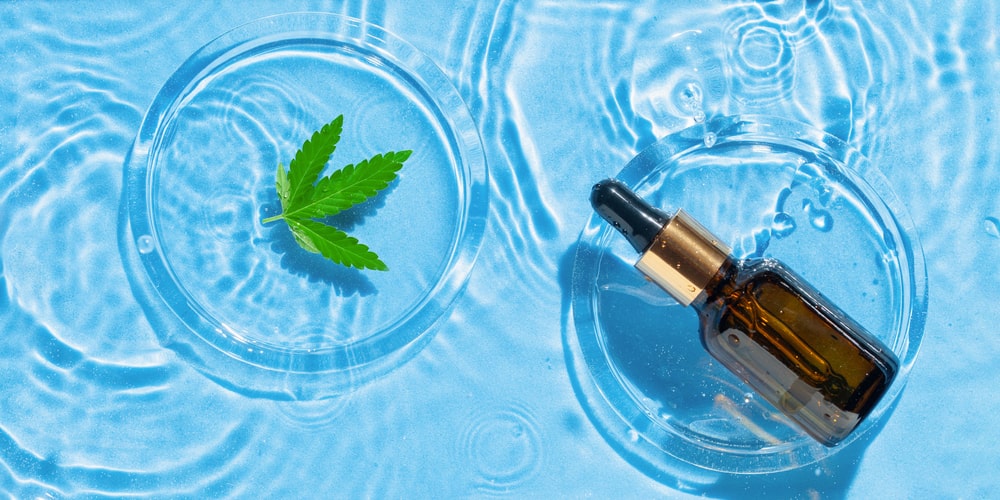Liquid paraffin is a highly refined mineral oil widely used in both medicinal and cosmetic industries due to its unique moisturizing and lubricating properties. Often referred to as paraffinum liquidum or white oil, liquid paraffin has become a staple ingredient for treating dry skin conditions, constipation, and even as a base for ointments. Its gentle nature makes it suitable for sensitive skin and delicate applications, ensuring safety when used correctly. Understanding the diverse uses and benefits of liquid paraffin helps users maximize its potential while minimizing risks.
This guide explores the essential information on liquid paraffin, including its primary uses, health benefits, correct dosage, potential side effects, and how it compares with other liquids commonly encountered in health and beauty products. Whether you’re curious about its medicinal applications or cosmetic advantages, this comprehensive overview covers everything you need to know about liquid paraffin, making it easier to incorporate this versatile liquid safely into your daily routine.
Uses of Liquid Paraffin
Liquid paraffin has a broad range of uses, particularly in medical and cosmetic fields. Medicinally, it serves as an effective stool softener, helping to relieve constipation by lubricating the bowel and easing the passage of stool. This makes it a preferred laxative, especially for patients who need gentle and gradual relief without harsh stimulants. Additionally, liquid paraffin is applied topically to treat dry, scaly skin conditions such as eczema and ichthyosis. Its emollient properties lock in moisture, soothing irritated skin and preventing further dryness.
In cosmetics, liquid paraffin is frequently used as a moisturizing agent. It forms a protective barrier on the skin that prevents moisture loss, keeping skin hydrated and soft. Many skincare products incorporate liquid paraffin due to its ability to improve skin texture without clogging pores. Beyond human use, liquid paraffin finds applications in industries such as food (as a lubricant or coating), lamps (as fuel), and machinery (for lubrication), showcasing its versatility across sectors.
Benefits of Liquid Paraffin
The benefits of liquid paraffin extend beyond simple hydration. For individuals suffering from dry skin or inflammatory skin disorders, liquid paraffin provides significant relief by softening rough patches and reducing itching and redness. Its hypoallergenic nature makes it safe for sensitive skin, and it is often recommended by dermatologists for dry skin management. Additionally, as a stool softener, liquid paraffin offers a gentle and effective solution for constipation without causing dependency or irritation to the digestive tract.
Liquid paraffin’s versatility also enhances its value. It can be used safely by various age groups when administered correctly and is compatible with many other treatments, making it a reliable option for integrated care. When compared to other liquid moisturizers and medicinal oils, liquid paraffin stands out for its purity, stability, and ability to maintain skin hydration over time.
Dosage and Administration Guidelines for Liquid Paraffin

Using liquid paraffin safely requires adhering to recommended dosages and administration methods. For constipation relief, oral liquid paraffin should be taken in measured doses prescribed by a healthcare professional. Overuse can lead to unwanted side effects, so it is crucial to follow guidelines strictly. When applied topically, liquid paraffin should be used on clean, dry skin and in moderation to avoid clogged pores or excessive greasiness. It is not recommended for use on open wounds unless advised by a doctor.
Travelers carrying liquid paraffin should be aware of TSA liquid rules, ensuring containers meet size restrictions and are properly sealed. Moreover, users should avoid mixing liquid paraffin with certain medications or supplements, such as liquid IV hydration products, without consulting healthcare providers to prevent interactions or reduced efficacy.
Side Effects and Risks of Liquid Paraffin
While liquid paraffin is generally safe, some users may experience side effects. Topical use can sometimes cause mild skin irritation or allergic reactions in sensitive individuals. When ingested improperly, it may cause digestive discomfort, nausea, or more serious complications like aspiration pneumonia, especially if accidentally inhaled. Long-term or excessive use can disrupt the absorption of fat-soluble vitamins, so medical supervision is advisable for prolonged use.
Contraindications include children under a certain age, pregnant women, and those with specific allergies or digestive conditions. Recognizing symptoms of adverse reactions and discontinuing use immediately can prevent further complications. Always seek medical advice if you experience persistent side effects after using liquid paraffin.
How Liquid Paraffin Compares with Other Liquids
Liquid paraffin differs significantly from other popular liquids such as liquid IV hydration supplements, liquid collagen beauty products, or liquid death water. While liquid IV focuses on electrolyte replacement and hydration, and liquid collagen promotes skin elasticity, liquid paraffin primarily acts as a moisturizer and lubricant. Unlike liquid smoke or herbal incense, which are flavoring agents or aromatic products, liquid paraffin’s primary focus is medicinal and cosmetic care.
Understanding these differences helps users avoid confusion and ensures that liquid paraffin is used appropriately for its intended purposes. It also highlights why liquid paraffin is a unique and valuable ingredient in health and beauty regimens.
Conclusion
Liquid paraffin is a versatile, safe, and effective solution for a variety of health and cosmetic needs. From relieving constipation to moisturizing dry skin, its uses are numerous and well-supported by clinical evidence. Proper dosage and usage guidelines help maximize benefits while minimizing risks. By understanding how liquid paraffin compares to other liquids, users can make informed choices to improve their wellbeing. Always consult healthcare professionals before starting any new treatment involving liquid paraffin to ensure safe and effective results.
Frequently Asked Questions about Liquid Paraffin
- What is liquid paraffin used for?
- Is liquid paraffin safe for daily use?
- Can liquid paraffin cause side effects?
- How much liquid paraffin should I take for constipation?
- Can liquid paraffin be used on the face and hair?
- Is liquid paraffin the same as mineral oil or vaseline?
- What are the travel restrictions for carrying liquid paraffin?
- Can liquid paraffin be mixed with other medications or liquids like liquid IV?
- How does liquid paraffin compare to other liquid moisturizers?
- What should I do if I experience side effects from liquid paraffin?
You may also read: The Science Behind Memory Lane


